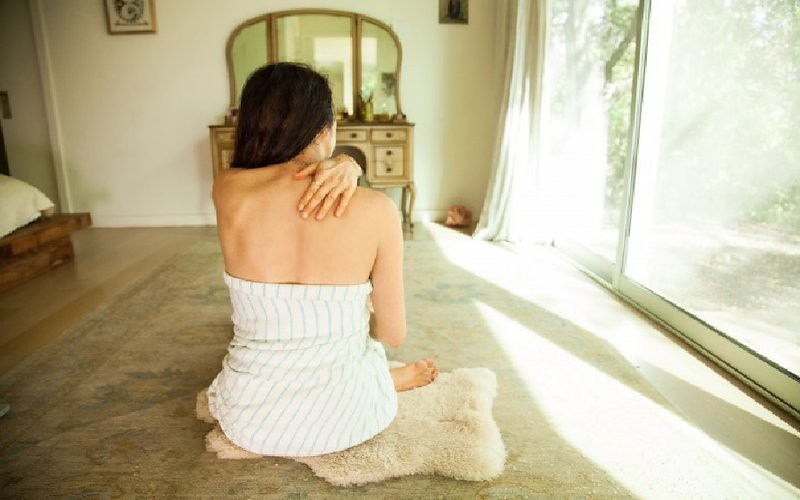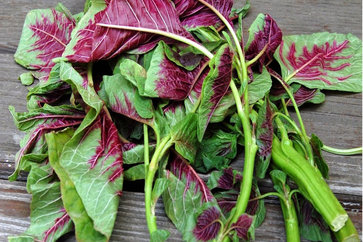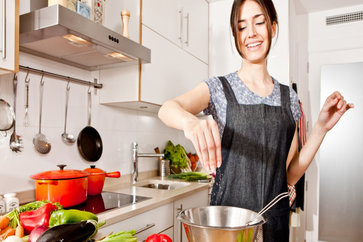How To Do Abhyanga Massage At Home? With It’s Benefits
The main purposes of Ayurvedic massage have the same protocols just like all other Ayurvedic treatments. It helps to break down and eliminate toxins inside the bodies.

It is believed that toxins (Ama) are remnants of rotten foods that have taken a form similar to fat. The longer the Ama stays in bodies, the more stubborn and become embedded, thereby removing it can be difficult and time-consuming and sometimes even unpleasant.
Ayurvedic treatment protocols may depend on various aspects which may include some or all, different types of massages, proper diet plans, specially formulated herbal formulas, yoga therapy, and proper lifestyle management in accordance with one’s constitution.
In Ayurvedic body massage, a specialized Dosha oil (heated) technique is applied on full-body, the steam application is followed by the herbal formula washing/scrubbing, is an intense, dynamic and expansive experience.
What is the Abhyanga massage?
Abhyanga is an ancient Ayurvedic Indian massage therapy that is performed to heal and detoxify the body along with Mind and Spirit. It is also referred to as Ayurvedic detoxification therapy to reduce stress which is performed by various herbal oils. It incorporates an aromatic combination of oils that are prepared with different herbs then heated and mixed to their type Dosha. Different Ayurvedic techniques are applied to synchronized and restore the flow of vital energy (Prana) where it has been blocked.
An Ayurvedic herbal oil along with Lymphatic stimulation helps to squeeze the toxic buildup of the channels. In short, it can be said as a detoxifying massage. Using warm oil is the best remedy for Vata as it governs energy for a healthy body and mind. Performing Abhyanga massage can initiates deep healing inside cells, it is for this reason known as one of the most popular therapies in Ayurveda.
Ayurvedic Oil Massage is a conventional massage therapy of healing in which oils are applied to detox mental toxins, emotional toxins, and physical toxins. It also pacifies aggravated dosha vata (Shaken due to stressful life/lifestyle and food habits) which are the root cause of the imbalance.
Abhyanga is an external massage therapy in which one or two therapists use aromatic herbal oils. This holistic treatment is performed to nourish the body with the healing touch and warm oil. It can also promote healthy circulation and is excellent for detoxifying toxins in your body.
Abhyanga Self Massage Benefits
- It nourishes the whole body and decreases the effects of aging.
- It implies muscle tone and vigor to the dhatus (tissues) of the body.
- Give firmness to limbs.
- It Lubricates joints.
- Increases blood circulation.
- It stimulates the internal organs of the body.
- It helps in removing toxic from the body.
- It moves the lymph helping it in detoxification.
- It Increases stamina.
- It Calms the nerves.
- It smoothies sleep with deeper sleep.
- It Improves vision.
- It improves hair growth thick, soft, and shiny.
- It softens the skin and reduces wrinkles.
- It pacifies Vata and Pitta and stimulates Kapha.
Types Of Oils Recommended for Body Type:
Before using any massage oil it is necessary to determine your body type. It is necessary because it can give you the best benefit to your body. If you haven’t done please do consult an ayurvedic doctor to know your body type, so that you can choose an oil that suits you the best.
Vata Types Body: It requires warm oil such as almond or sesame. It is recommended that you perform Abhyanga 2-3 times per week. As Vata Dosha is a cold and dry in nature hot oil can be very nourishing. It can help to lubricate the dry skin and protect joints. Dhanvantaram and Mahanarayana Oil are two classic oils that are used in Ayurveda. It can help to relieve inflammation and stiff joints. Light to medium pressure should be applied while massaging.
Pitta Types Body: It requires cooling types of oil such as coconut or olive oils which can be best for pitta types. Many Pitta types have some common inflammatory skin problems. Medium pressure should be used when massaging.
Kapha Types Body: It requires warming oil such as mustard or sunflower which is best for kapha. Sesame is also good for health, especially in cooler climates. While massaging medium to heavy pressure is recommended for Kapha types massaging body allows the oil to penetrate deeply.
Ayurvedic Self Massage Techniques
1) First of all heat the abhyanga oils to a pleasant temperature, the oil should always be applied hot (bearable) to the body.
2) Now start applying oil to your head gently massage the oil into your scalp using fingers and palms. Then apply oil to face and neck – front and back and also massage over the ears.
3) Then apply a small amount of oil to the body and rub. Now massage in the direction of the hair follicles so that the oil covers the body evenly.
4) Massage the arms and legs pay proper attention to use a circular motion
while applying towards the palms and joints. Also, make sure that you use long and equal strokes along the extremities in the direction the hair flows.
5) Then come towards your back portion, massage your back as best you can if you are doing it alone, or take the help of a partner to massage back on you. Start from the base of the spine and go upward in long and continuous movements.
6) Now come to the final part of massaging that is your feet. Take your time doing this since the feet contain many important Marmas (pressure points according to the principles of Ayurveda) if massage properly can boost circulation. While massaging your feet make sure to apply oil to the entire foot (i.e. between your toes). Use your palms to massage the soles of your feet with firm pressure.
Note: After massaging is complete sit quietly for 15-20 minutes so that oil is deeply absorbed by your skin. You can also meditate or perform other Dinacharya (such as Pranayam (breathing exercise). Once the oil has absorbed wash body it by taking a shower.
When Abhyanga Massage Is Not Recommended
- During the menstrual cycle: Ayurveda does not advise massage with deep pressure during the menstrual. During massaging the body can initiate a release of ama (toxins) at a time when the body is already a bit burned.
- During Pregnancy: Massaging during pregnancy is not a good idea to stimulate any type of detoxification process. This is for the precaution to protect the growing embryo and fetus, as massage may risk it or cause unnecessary exposure to an AMA.
- During Injury: When you have an injury, cuts, wounds, swollen or painful areas in the body it is generally not recommended.
- During Illness: During any type of sickness such as fever, chills, flu, or acute indigestion or taking some medication for certain illnesses.
Traditional Ayurvedic texts conforms that there are many benefits if massages. If full body oil massage is performed on a daily basis, it can nourish and pacifies Vata and Kapha. As a result it can provides stamina, perfect sleep, relieve fatigue, pleasure beside this it can also enhances the complexion and the luster of the skin with nourishing all parts of the body promotes longevity.



























I really appreciate this post. I’ve been looking all over for this! Thank goodness I found it on Bing. You’ve made my day! Thanks again!